Weekly Design Roundup – 100 years of Art Deco, solar system sculptures, and An Encyclopaedia of Colour Decoration
🌀🌀🌀 The week we take a tour through the art historical archives, stopping in Ancient Egypt, Mughal India, and Paris in the 1920s
Yet another week, yet another⋆ .𖥔˚Weekly Design Roundup˚𖥔. ⋆
꩜꩜꩜ This email is likely too long to read in your inbox - open the post in a web browser to read the entire thing!
This week’s a good one though, I promise. Having gotten back from Sicily just in time for some glorious 29º days here in London, I really feel like I am living the summertime high. Whether we’re flying a bit too close to the sun and will be duly punished with a return to the grey is yet to be seen. But for the time being, I’ve been basking in both the good weather and the enormous quantities of really good art in London town at the moment.
I’ve written about some of that art in this newsletter which has, inevitably, led me down a few other rabbit holes along the way…
100 years of Art Deco
It’s 2025 which means it is also the 100-year anniversary the Paris Exposition internationale des arts décoratifs et industriels modernes where the Art Deco movement was solidified as the style par excellence of the 1920s and 1930s. The exposition was inaugurated by the French president on the 8th of April 1925 and the subsequent popularity of modern ornamentation in decorative arts, architecture, and design coined the term ‘Art Deco’.
I am, unsurprisingly, an enormous Art Deco fan and have been enjoying the resurgence in content discussing Art Deco art, architecture, and design, which has been springing up thanks to the centenary. I’ve rounded up a few of my favourite Art Deco anniversary findings below…
okolo_architecture on Instagram
I’ve discussed Adam Štěch and his account okolo_architecture before on Artifex - it is a haven of modernist architecture that I think is truly unmatched in the Instagram world. These past weeks, to celebrate the centenary, he has been sharing posts “presenting various sides of Art Deco which I documented all around the world.” In his first few posts he has explored the 1933 Casa Mole in Rome, the 1940-41 Apartment House in Prague, and a selection of Art Deco examples from Buenos Aires.
Artnet’s roundup of three Art Deco exhibitions around the world
In a fantastic article outlining the history and legacy of Art Deco over the past 100 years, Caroline Roux has highlighted exhibitions happening in Europe and the USA focused on the Art Deco anniversary. For the uninitiated, I love her summary of Art Deco:
Art Deco is a design movement that emerged in the 1920s and 1930s, defined by bold geometry, rich colors, and lavish ornamentation. Blending influences from Cubism, Futurism, Bauhaus, and ancient Egyptian, Aztec, and African art, it exudes luxury through sleek symmetry, exotic materials, and jazz-age opulence. Art Deco was modern but not necessarily restrained.
The exhibitions goes on to mention are as follows:
Ruhlmann Decorator, Le musée des Arts décoratifs, Paris until 1 June 2025 – History has established Jacques-Émile Ruhlmann as the true champion of the 1925 exhibition. From March 12 to June 1, 2025, the Musée des Arts Décoratifs will open the centennial celebration of the 1925 event with a tribute to this exceptional decorator, through drawings, wallpapers and photographs from its collections.
Paul Poiret: Fashion is a Feast, Le musée des Arts décoratifs, Paris from 25 June 2025 to 11 January 2026 – The Musée des Arts Décoratifs presents the first monograph dedicated to Paul Poiret (1879-1944), an emblematic figure of Parisian haute couture at the beginning of the 20th century. Known for freeing women from corsets by introducing flowing silhouettes and vibrant colors to his designs, Poiret revolutionized fashion history.
Paris 1925: L'Art Déco et ses architectes, Cité de l’Architecture et Patrimoine, Paris from 24 October 2025 to 29 March 2026 – Immerse yourself in the centenary celebrations of the International Exhibition of Modern Decorative and Industrial Arts in Paris, an iconic event that has marked the history of architecture and the decorative arts.
Echoes of Art Deco, the Boghossian Foundation, Brussels until 2 November 2025 – Echoes of Art Deco invites visitors to explore the iconic architecture of the Villa Empain, a paragon of Art Deco with an eventful past. Set against the lively musical backdrop of the era, the exhibition offers an immersive glimpse into the lifestyle of the Roaring Twenties.
Tamara de Lempicka, the Museum of Fine Arts, Houston until 25 May 2025 – The Museum of Fine Arts, Houston (MFAH) is currently presenting Tamara de Lempicka, the first major U.S. retrospective of the iconic Art Deco painter. On view through May 26, 2025, this exhibition showcases over 90 works, including paintings, drawings, and studies that trace Lempicka’s evolution from her early days in postwar Paris to her later years in the United States.
Next up, kinetic mobile sculptures by Arnaud Bazille
“Contemporary kinetic mobile sculptures that rival Calder?! I’m listening…” I said as I read this Instagram post from the London furniture store and sometimes-gallery Spazio Leone.
It is a dream of mine to book an appointment at the by-appointment-only Spazio Leone and purchase one of their pieces for my home. However, until my bank account matches my ambitions I must be content with perusing their Instagram offerings which – as evidenced by this week’s feature of Arnaud Bazille – are often fabulous.
Since seeing Spazio Leone’s post, I have found shockingly little on the French artist Arnaus Bazille. His own Instagram features a collection of his sculptures – but little else. And a Google of his name results in close to nothing.
Regardless of the mystery, his kinetic sculptures are captivating. As a formerly space-obsessed child, they remind me of the drawings of the solar system and planetary orbits that I would obsessively study from my childhood bedroom.
The extraterrestrial comparison is, I’m sure, deliberate and makes me think of the interplay here between science and art. Bazille’s sculptures draw instinctively on our modern scientific sensibilities but disrupt our expectations in their obvious disorder. However, their randomness feels like another layer of playfulness since, as anyone who has taken high school physics will remind you, our universe always tends towards entropy – or, in other words, disorder (yes I can still remember my laws of thermodynamics).
An Encyclopaedia of Colour Decoration
This post on The World of Interiors led me down a truly encyclopaedic rabbit hole. However, this may be one of my favourite discoveries ever.
The post highlights Helmuth Theodor Bossert’s 1928 Encyclopaedia of Colour Decoration from the Earliest Times to the Middle of the 19th Century. What, of course, immediately caught my eye was the fact that the pages highlighted captured coloured motifs from Thebes and Karnak in Egypt and from Pompeii.
An article by American editor Mitchell Owens goes on to explain the history of this mesmerising design tome.
Published in Berlin by Ernst Wasmuth in 1928 – and blessedly, for the purposes of the followers of Aesthete's Library, in English, too – An Encyclopaedia of Colour Decoration is ostensibly about murals. Figurative subjects, though, are almost entirely avoided. Bossert's focus is on repetitive motifs, just the sort of thing that decorators and artisans, especially decorative painters, rely on to animate floors, walls and ceilings. The impressively credentialed author – his CV would go on to include the consequential rediscovery of Karatepe, a Hittite fortress in southern Turkey, from 1947 – reaches right back to ancient Egypt for the forms of his polychrome panoply. From hypnotic whorls daubed on to the ceiling of a tomb in pharaonic Thebes to a Ukrainian peasant woman's hand-painted wallpaper border depicting feathery flowers a millennium later, the book delivers much that is delectable, abstract as well as naturalistic.
What a description…
The book, which is fully accessible on the Internet Archive, is a remarkable combination of design history meets archaeology meets academic cataloguing meets pattern book. Absolute catnip for my personal hyper-fixations of ancient archaeology and twentieth-century design.
I had a magical thirty minutes flipping through the entirety of the encyclopaedia on the Internet Archive. It is a completely unique microcosm of the near-entirety of design history, covering everything from Etruscan tomb painting to medieval manuscript details to 18th-century French ceiling decoration.
Go have a peruse and let me know what catches your eye!
Finally, a meander through Mughal art
A week ago I went with one of my best friends (hi Jozephine!) to the Victoria and Albert Museum on a balmy Friday night. Jozephine and I have a wonderfully symbiotic museum relationship wherein we both have a variety of annual London museum memberships, none of which overlap, and bring each other as plus ones to various exhibitions. So last Friday Jozephine treated me to a wander around The Great Mughals: Art, Architecture and Opulence.

Over the past couple of years I have been enjoying expanding my knowledge of Indian history design and art history, something I’ve written about previously. This self-study has partly resulted in a deep fondness of Mughal history and art, a fondness that was in full force at the V&A’s recent exhibition.

The V&A’s website has a great article outlining the history of the Mughal empire and why the arts of Mughal India were so transformative in the 16th and 17th centuries. The intro to the article reads:
The great age of Mughal art lasted from about 1580 to 1650 and spanned the reigns of three emperors: Akbar, Jahangir and Shah Jahan. Hindu and Muslim artists and craftsmen from the northern regions of the Indian subcontinent worked with Iranian masters in the masculine environment of the royal workshops. Their very different traditions were combined to produce a radically new, and rapidly evolving style of art for the court.
One particular element of Mughal art that has continually captivated me is its encounter with and reinterpretation of Western art traditions. The Portuguese had established a colony in Goa in the early 1500s and their contact with the bourgeoning Mughal empire meant that European men along with their artistic crafts became a key feature of Mughal artistic creations.
Mughal court painters often made studies of European masters or included depictions of Europeans in their distinct style of miniature portraiture. The results are striking and remind us that artists we consider seminal today were, at the time, often peripheral to other centres of artistic innovation.
That’s it for this week! ꩜꩜꩜Avery


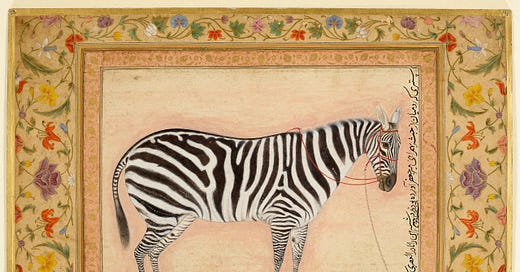





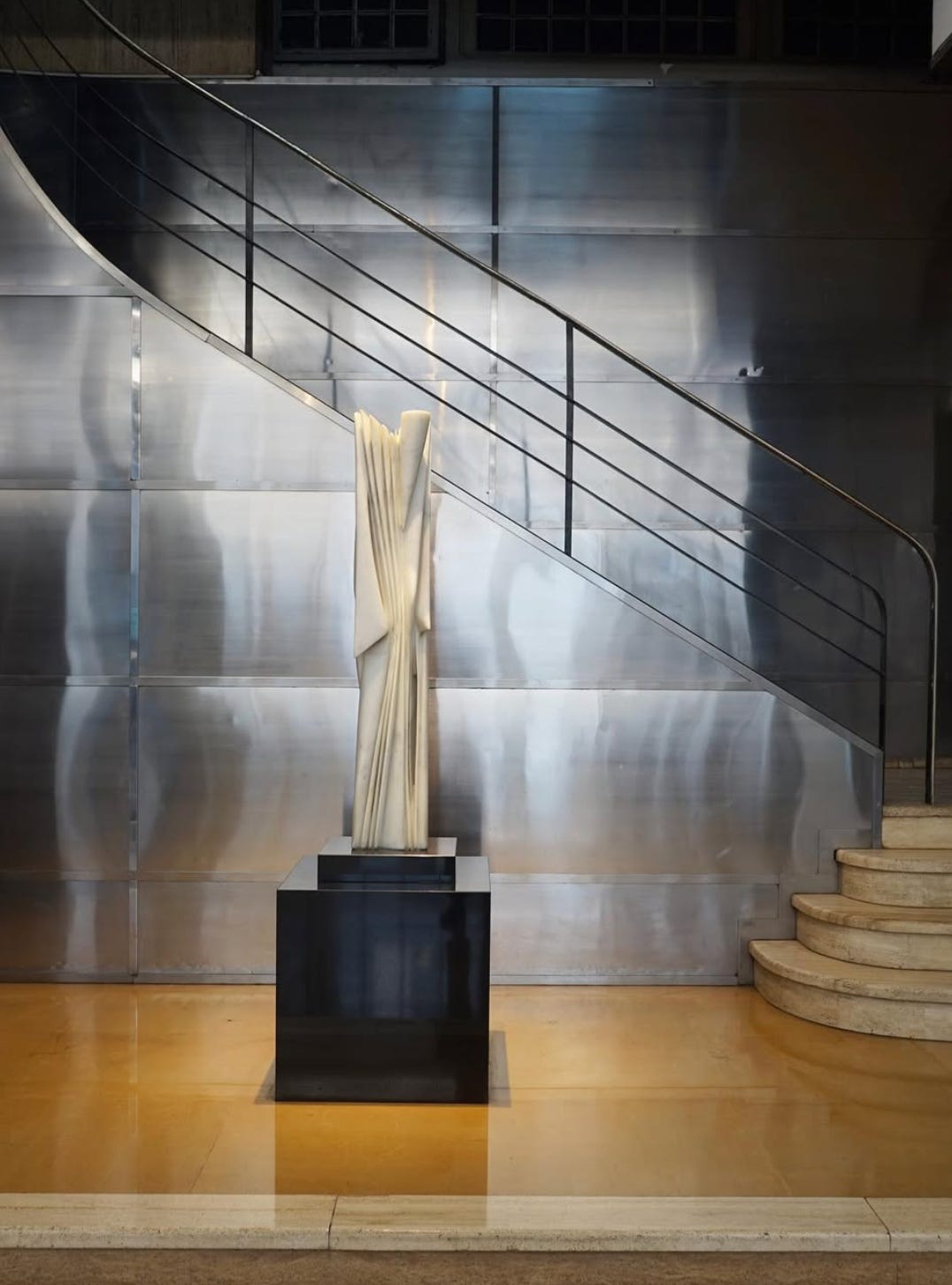



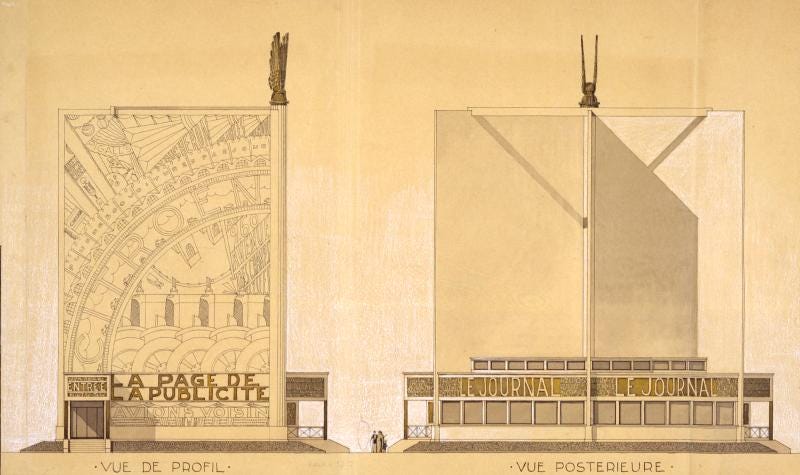

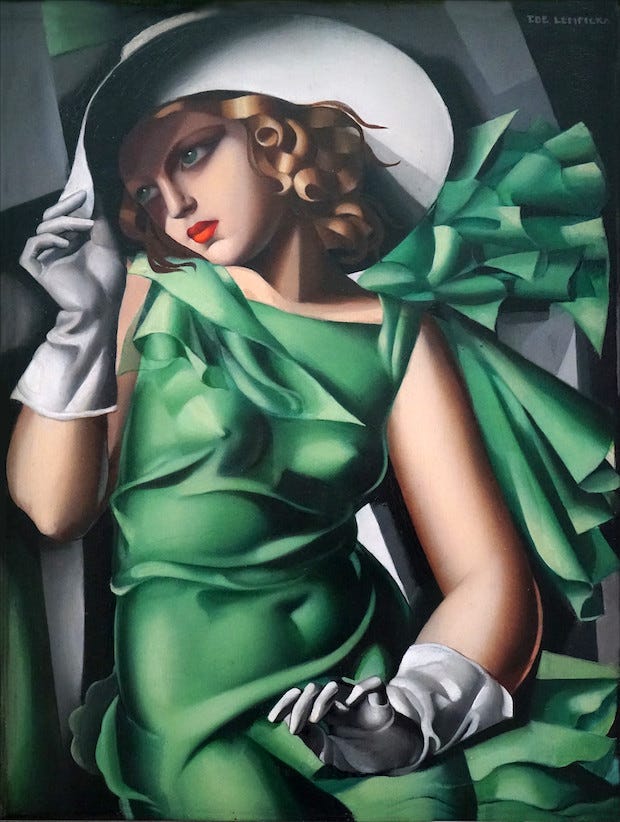



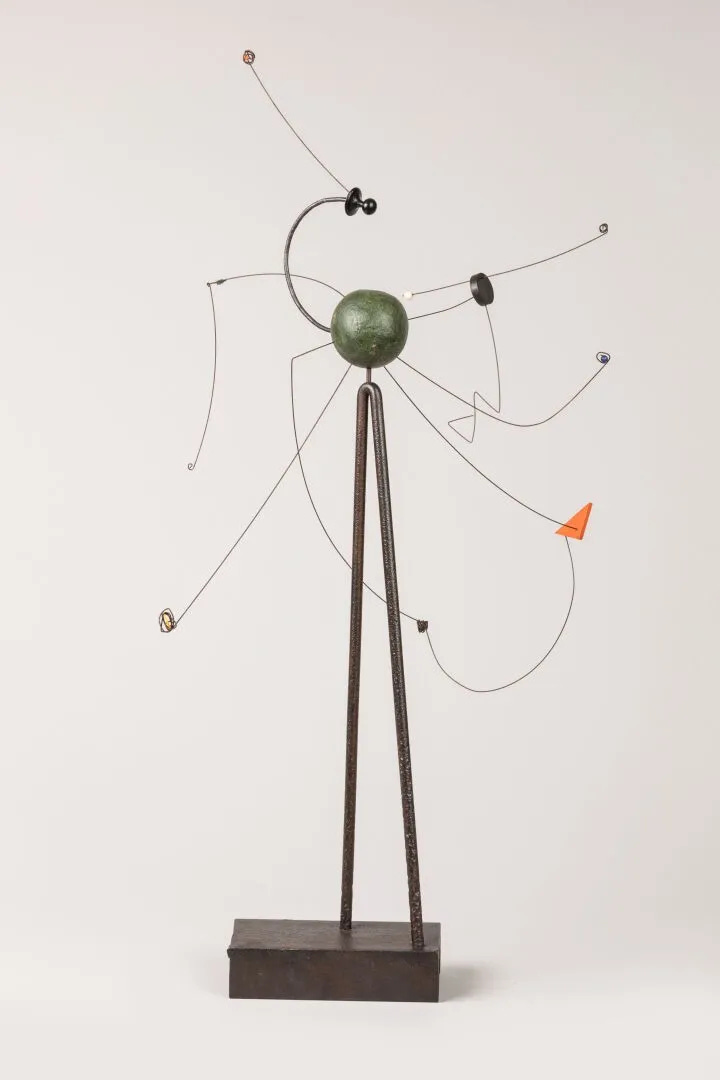


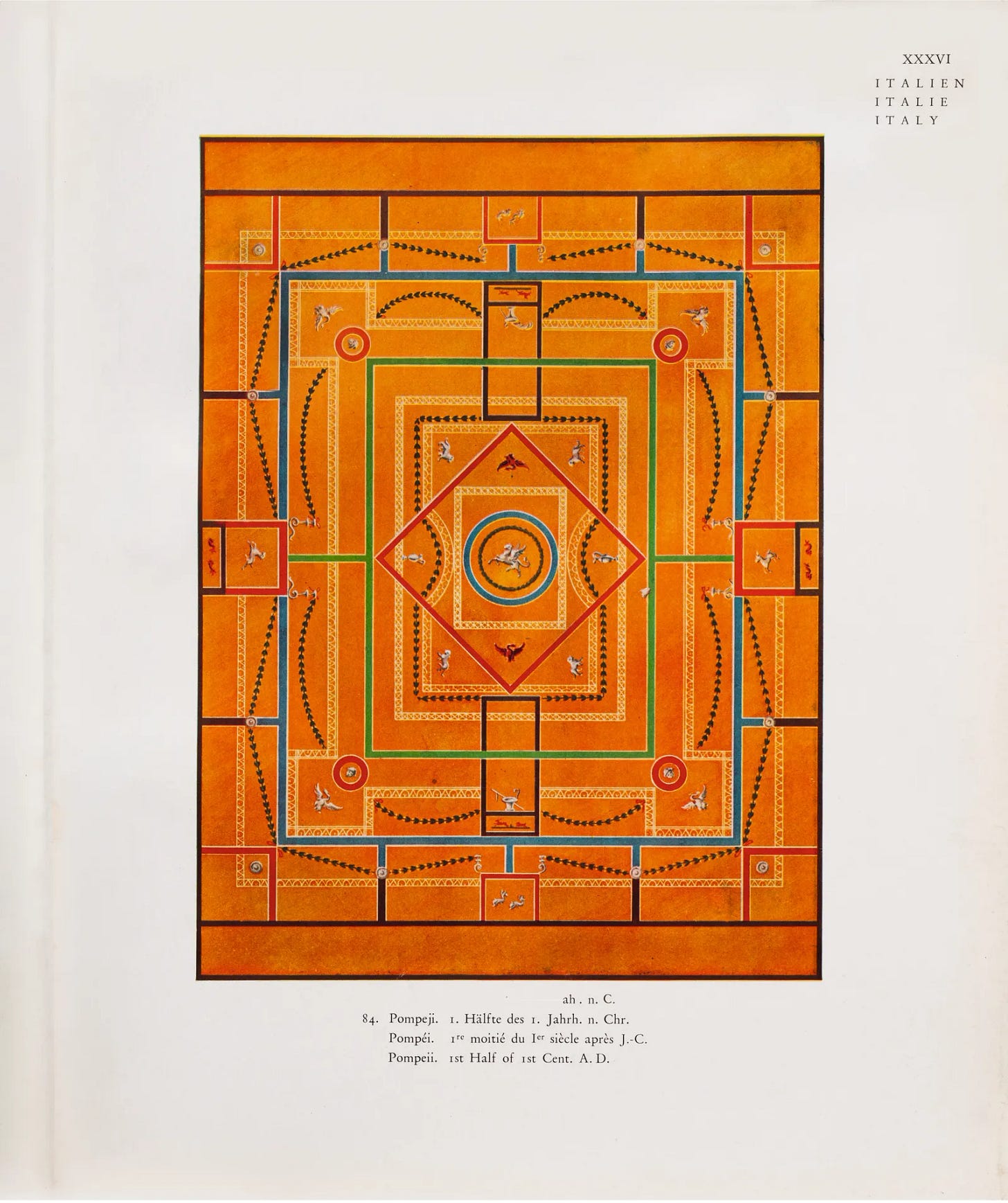

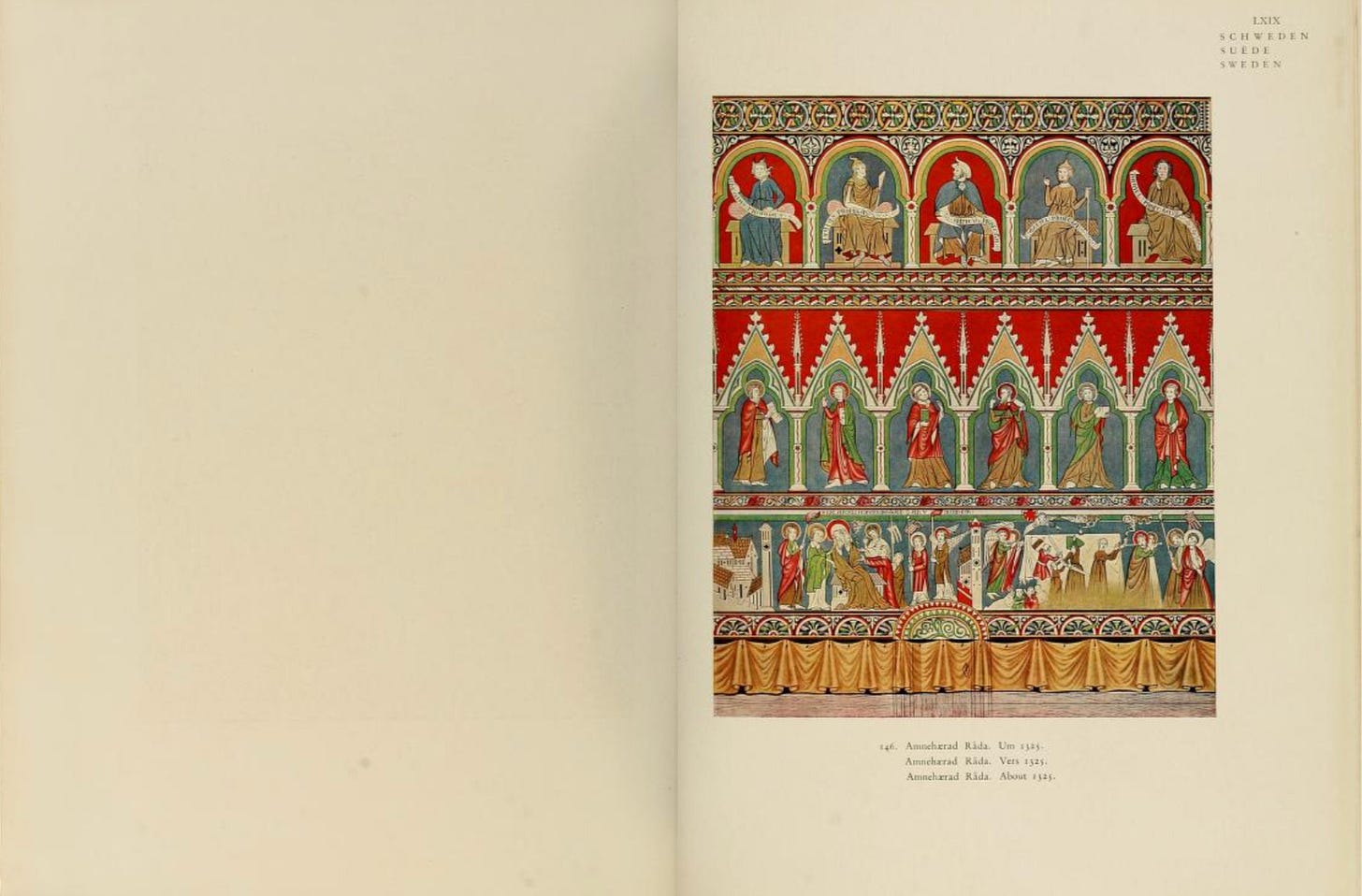



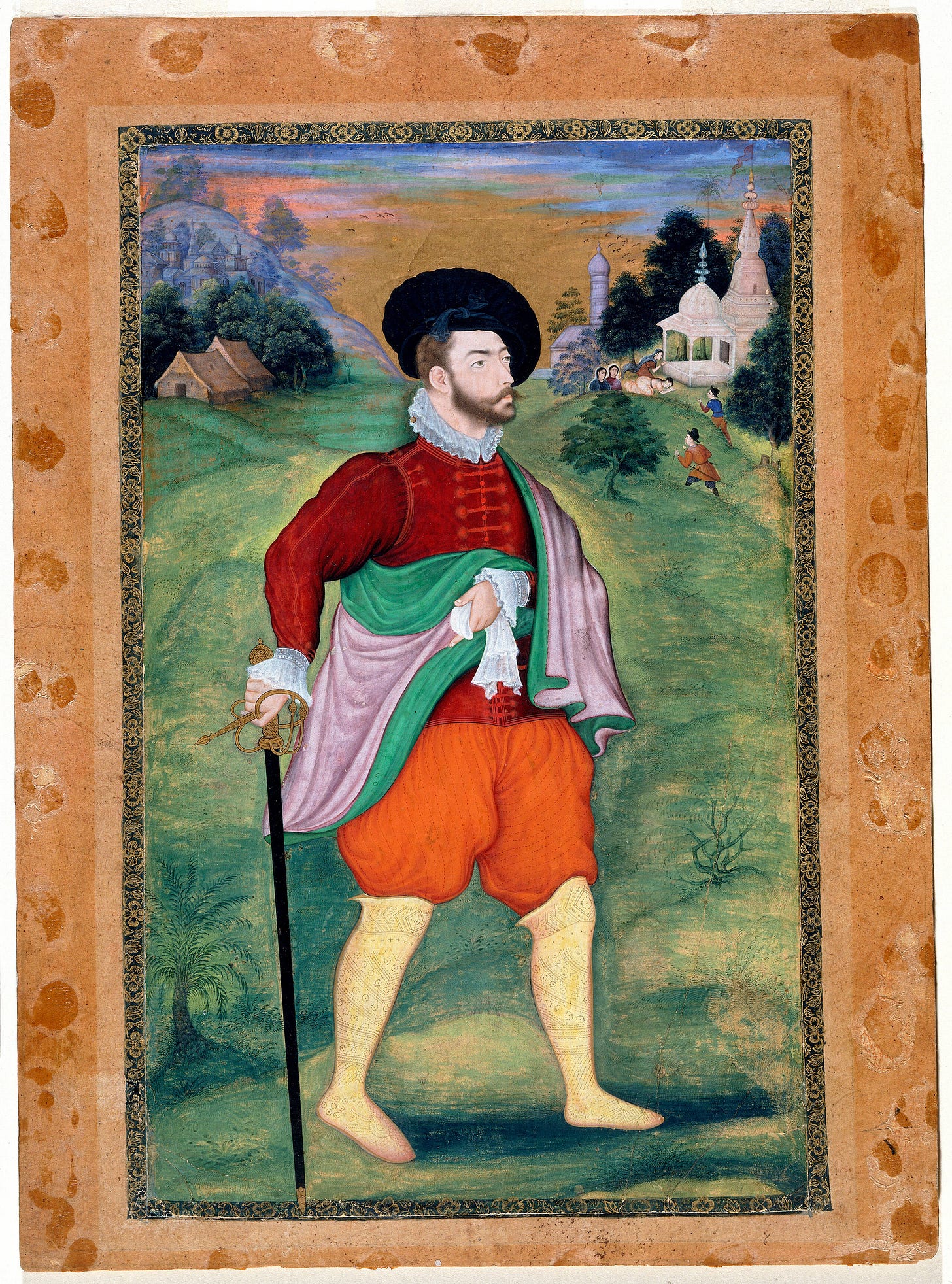
avery! we only met the one time i think (at tara's 24th book-exchange!) but i've been absolutely loving these roundups, they make my week! learning so much fr